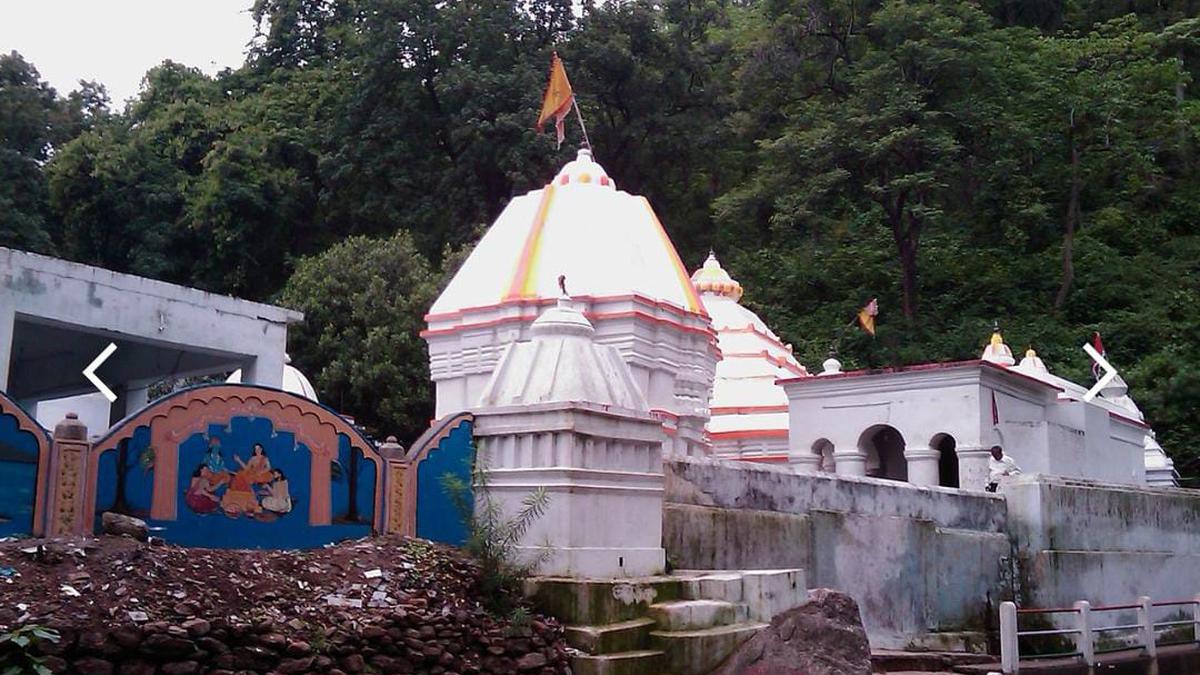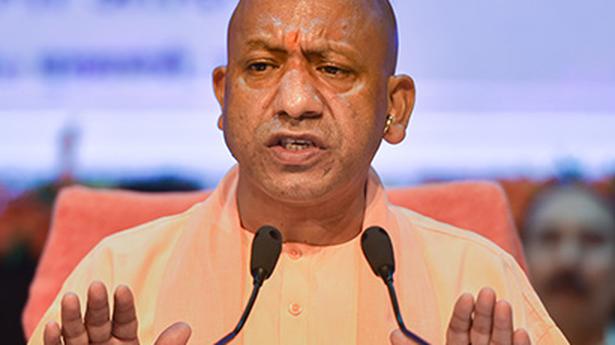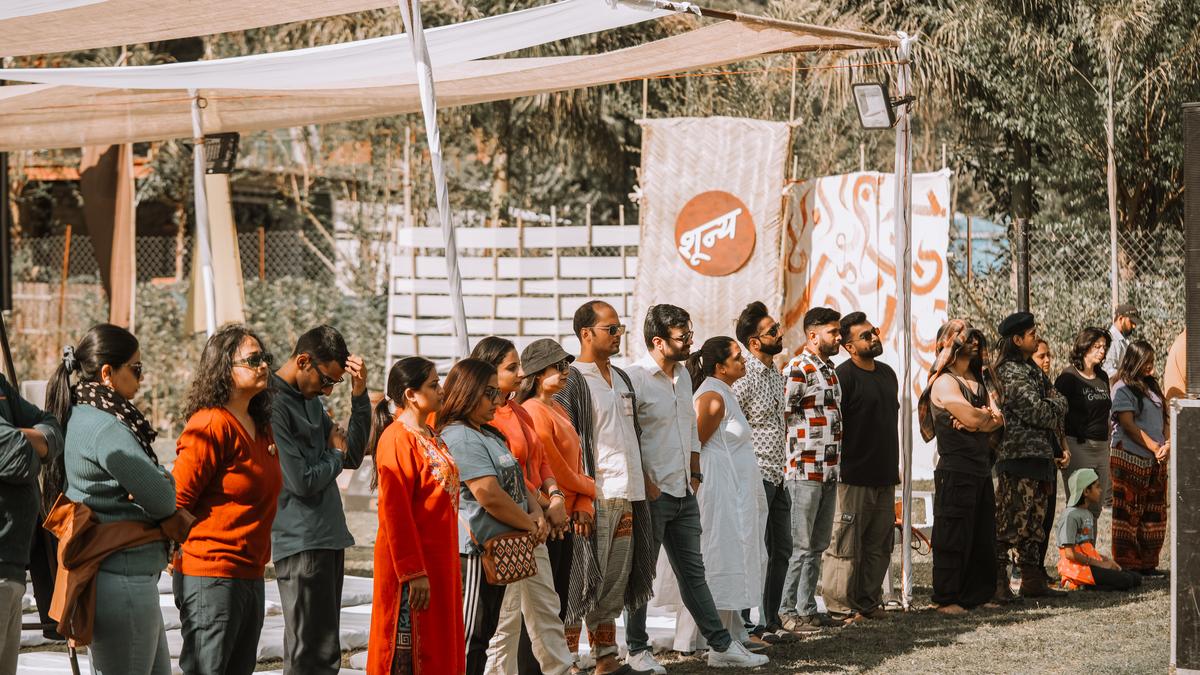Harishankar Temple at the foothills of Gandhamardan Hill which was declared Biodiversity Heritage Site in Odisha
| Photo Credit: Special arrangement
The Odisha government has declared the Gandhamardan Hill Range in Bargarh and Balangir district as a Biodiversity Heritage Site (BHS), three decades after a highly successful people’s resistance against bauxite mining there.
A notification issued by the State Forest, Environment and Climate Change Department says, the government declared an area of 18,963.898 hectare of Gandhamardan Hill (Gandhamardan Reserve Forest) including 12,431.8 ha (Bargarh) and 6,532.098 ha (Balangir) as BHS of Odisha.
Prior to the declaration, the Odisha Biodiversity Board had received several representations from individuals and organisations for declaring Gandhamardan as BHS.
This is the third BHS of Odisha after Mandasuru Gorge in Kandhamal district and Mahendragiri Hill Range in Gajapati district.
“At present the rich biological resources of this cultural landscape are under pressure due to various anthropogenic and climatic factors, and the traditional ecological knowledge associated with the bio-resources of the hill is declining. The long-term protection, conservation and management of biological resources of the Gandhamardan Hill is of utmost significance for the State,” the notification says.
Medicinal treasure trove
Stating that Gandhamardan Hill, located in both Balangir and Bargarh, is considered as the treasure trove of medicinal plants and an Ayurvedic paradise of Odisha, the government says, “This ecologically fragile ecosystem is rich in floral and faunal diversity having diverse socio-economic, ecological and biological significance for the people of Odisha.”
As per the government, the floral diversity of the hill comprises 1,055 plant species that include 849 angiosperms, 56 pteridophytes, 40 bryophytes, 45 lichens and two gymnosperms and 63 species of macrofungi.
Moreover, the faunal diversity comprises 500 species of animals that include 43 mammals, 161 birds, 44 reptiles, 16 amphibians, 118 butterflies, 27 dragonflies and 7 damselflies and 83 species of spiders.
One angiosperm, Ficus conccina var dasycarpa and one spider, Peucetia harishankarensis, are endemic to this hill.
Besides, two historical monuments such as the Nrusinghanath Temple located on the northern slope and Harishankar Temple situated on the southern slope of the foot hills of Gandhamardan, have immense cultural significance.
Major pilgrimage spots
The two hill shrines are major pilgrimage sites of Odisha. In his chronicles, Hiuen Tsang had described the hill shrine as a Buddhist heritage site named Parimalagiri.
In 1980s, then public sector Bharat Aluminium Company Limited (BALCO), now under the control of Vedanta Group, had almost started mining of bauxite from Gandhamardan.
“People were unaware of the mining in Gandhamardan which occupies a special place in the traditional value system of local people. We had tried to make then State government understand that mining activities would spoil the rich biodiversity of the hill range,” said Lingaraj, a prominent right activist and then an active member of people’s movement against mining in Gandhamardan Hill.
He said, “Mining excavation apparatus had already been transported to Gandhamardan and there were quarters constructed for BALCO’s employees at the foothill. People started to unite against the bauxite mining in Gandhamardan between 1983 and 1991. Finally, the mining proposal was shelved. This had turned out to be one of Odisha’s most successful people’s resistance.”
Now, after declaration of Gandhamardan as BHS, it is hoped that there would be no more attempt to carry out mining in Gandhamardan Hill, said Mr. Lingaraj.
“People were unaware of the mining in Gandhamardan which occupies a special place in the traditional value system of local people”LingarajActivist







